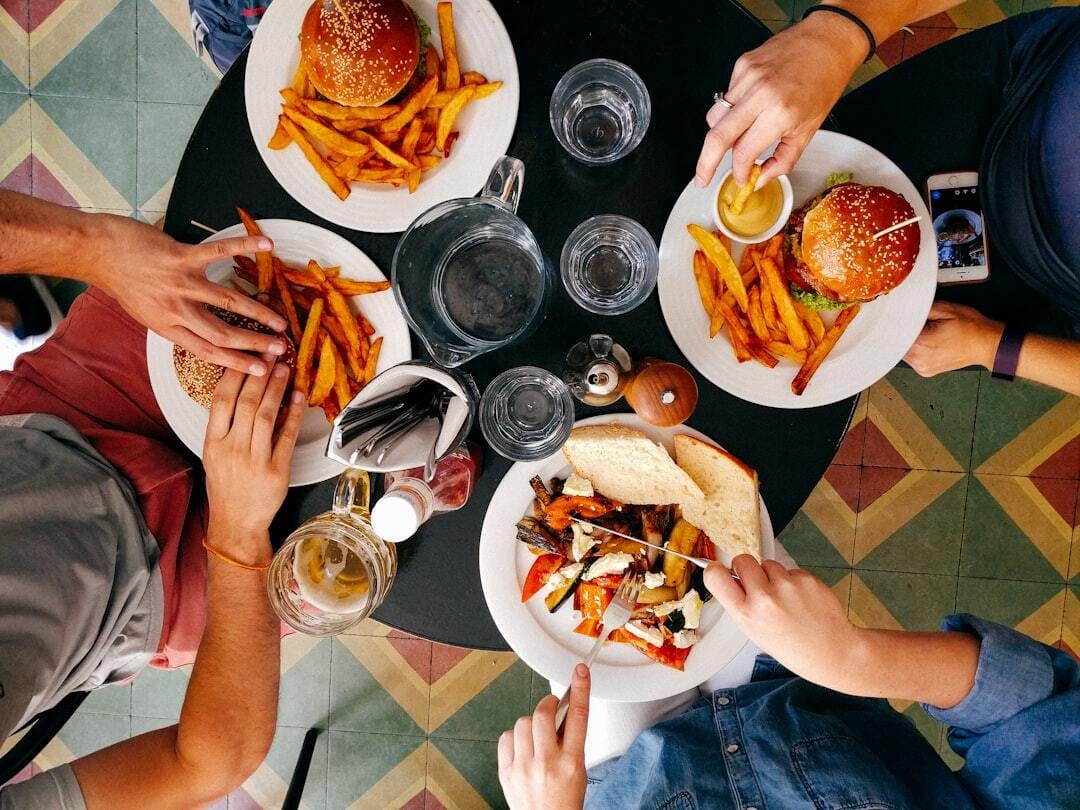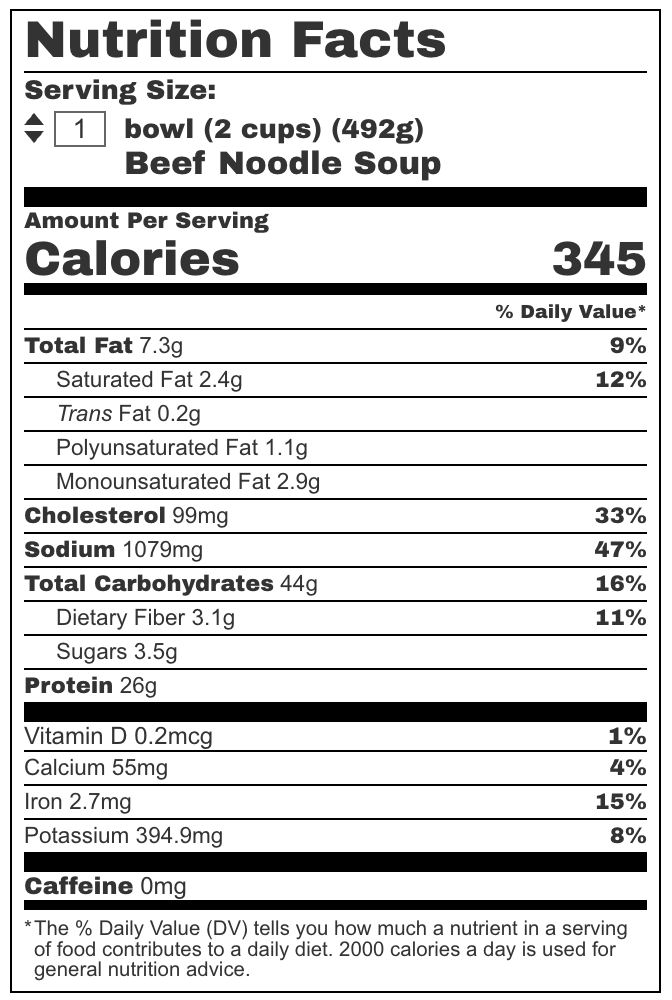Regardless of your fitness goals — losing weight, gaining muscle, or body recomposition — sooner or later you’ll run into this question: how do I track my food when I’m eating out?
It was certainly a question that constantly sat in the back of my mind when I first started my weight loss journey.
It stressed me out.
It stressed me out because it was about control, and eating out made me feel like I didn’t have complete control over my diet. At the same time, I didn’t want to be that guy who skipped dinners with family and friends just because I needed to track every single thing that went into my mouth.
And this is a very common problem for anyone on a fitness journey, especially those who are looking to lose weight. A quick search on Reddit turns up many posts where people are worried about not tracking accurately, feeling anxious about the lack of nutritional information, or feeling guilty for going over and needing to compensate later..
Luckily, technology and food regulations have come a long way since my first fat-loss phase. We now have multiple tools and strategies to help us stay on track while still enjoying our favourite foods.
Today, I’m sharing six practical tips I’ve used over the years to help me balance eating out with staying aligned to my goals.

Photo by Dan Gold on Unsplash
Tip #1 - Plan ahead
Most restaurants have detailed menus on their websites. In the US, and some provinces in Canada, restaurants with 20 or more locations are required to disclose nutritional information. Many smaller restaurants do so voluntarily too.
So a good strategy is to plan ahead — study the menu ahead of time. Based on your goals and macros, decide what you’d like to order ahead of time. This way you are more likely to stick to the plan when it comes time to order at the restaurant.
In some cases, like Applebee’s, you can even customize menu items online so you can have your meal tailored to your preferences and macro targets.
Tip #2 - Leverage ChatGPT
Turn to our favourite robot friend ChatGPT for help can often get you 80 to 90% of the way there.
I recently went to a small noodle shop near me, and was curious about the macros for this bowl of beef noodle soup.

Pro tip: you can improve the accuracy of the estimate by placing an object of known size next to your food. In this case, I used a Canadian quarter.
Here’s a simple prompt and result:

Tip #3 - Leverage AI feature in tracking apps
Many macro-tracking apps now have built-in AI tools that estimate macros from a photo and log them directly.
For example, in MacroFactor (my go-to tracking app — non-sponsored), I uploaded the same beef noodle soup photo, and its AI feature broke down the ingredients for me. I could then adjust quantities for more accuracy.


Also it’s quite amazing its estimates were very close to ChatGPT’s. You could even average the two if you’re serious about precision.
Tip #4 - Track the “next best thing”
If you don’t have AI tools handy, search for a similar dish and log that instead.
For example, a quick Googling for the term “beef noodle soup” yielded this result from nutrionix. It’s not perfect (fat and carbs are definitely on the low side), but it gives you a good baseline for you to start with.

Tip #5 - Rough estimate
If you somehow don’t have any tools (phone, apps, etc.) available to you, or you just wanted a “roughly right” estimate, you can always just try to eye ball it. This is by far the least accurate method, and usually requires a lot of prior experience tracking to get “close”.
The key here is to ensure you hit the main macro sources. In the case of the beef noodle soup, you’ll want to break down the main components:
Protein: beef, broth
Carbs: noodles
Fat: beef, broth, oil
In my experience, most restaurant entree have 25 to 40g of protein, 60 to 80g of carbs and 15 to 40g of fat. Use these numbers as a rough baseline, and then gauge the serving size from there.
In my experience, you should also build in some “hidden fat buffer” as restaurants always use more oil or butter than you expect.
Tip #6 - Skip it
Sometimes the best option is not to track. One meal will not derail your entire plan if your diet is mostly dialed in.
Just enjoy your food and drinks, have a good time with your family and friends, and make memories. Get back on track the next day.
I hope you found these tips helpful!
That’s it for today. Catch y’all in the next one! ✌️
P.S. It’s been a crazy week for me. I still need to edit my “Road to Benching 315” week 7 footage. Stay tuned for that update next week!

